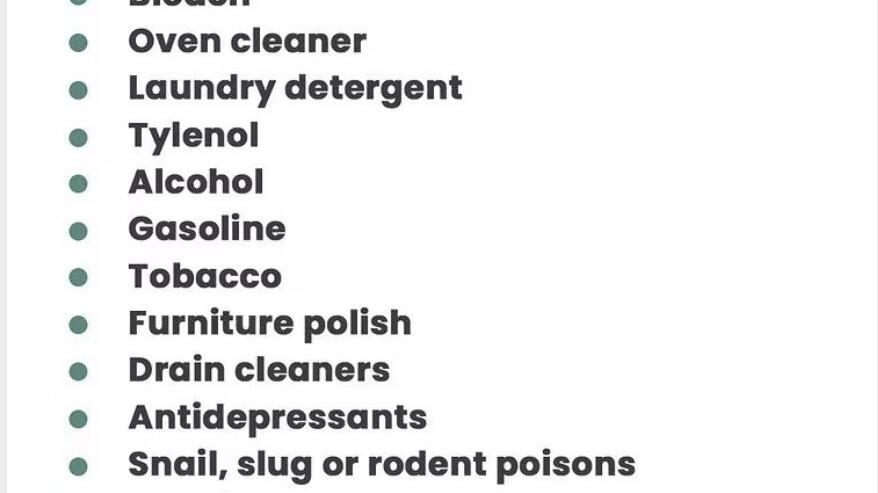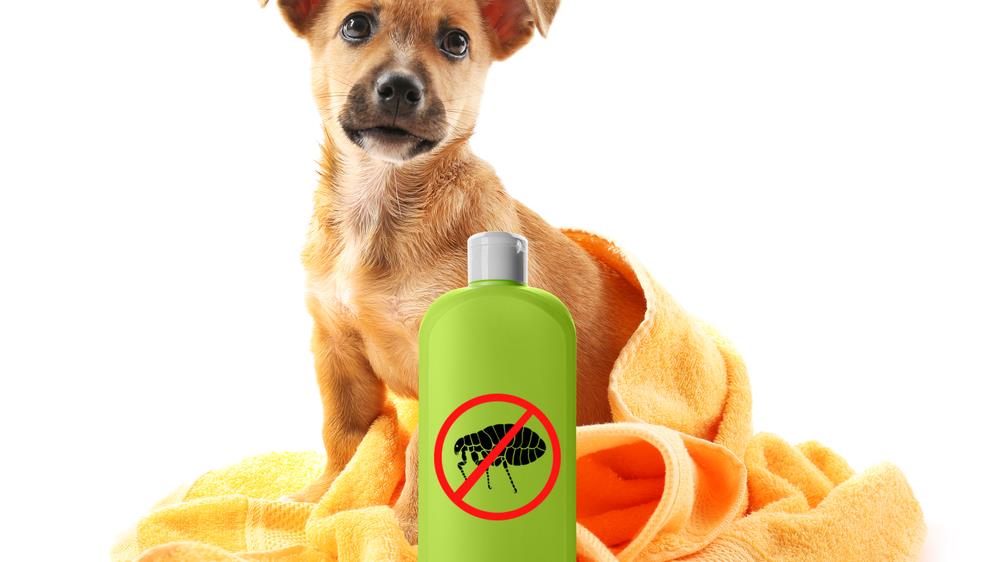An Introduction to Household Hazards for Pets
As responsible pet parents, it’s vital to be aware of the hidden dangers lurking in our homes that could potentially harm our beloved pets. A staggering number of pets are affected by household toxins every year. The ASPCA Poison Control Center reported nearly 214,000 cases of pet poisoning in the U.S. alone in 2018. Although we lack specific figures for Australia, one can surmise that the problem is just as prevalent.
Our homes, while safe for us, can be filled with hazards for our pets. From toxic plants, to cleaning products, and even certain foods, there’s a lot to be conscious of. It’s our duty to provide a safe environment for our pets, and that starts with education on household hazards.
Keeping Pets Safe from Household Poisons
Protecting your pets from potential poisons is a crucial aspect of pet ownership. Stay tuned for our comprehensive guide on identifying and mitigating common household hazards for pets.
We recommend the addition of an infographic here, detailing common household items that can be hazardous to pets.
Identifying Common Household Poisons
Everyday, our pets interact with numerous items within our homes; some of which can potentially be harmful. It’s critical to identify and safeguard these common household poisons to ensure their well-being.
- Human Medications: Medicines like Paracetamol or Ibuprofen can be lethal for pets, especially cats.
- Household Cleaners: Many cleaning products contain chemicals that can cause poisoning. Birds are particularly susceptible.
- Chocolate: A well-known poison for dogs due to a compound called theobromine.

Understanding Poisons for Different Types of Pets
Different pets have distinct vulnerabilities. For instance, certain plants harmless to dogs can be toxic to cats. Similarly, household items such as avocado and certain cleaning products, can be harmful to birds. Therefore, it’s crucial to understand these differences and take appropriate measures.
Uncovering the Hazards of Food and Beverage Consumption for Pets
It’s essential to understand that some human foods and beverages can pose serious threats to our pets’ health. Certain substances like chocolate, alcohol, caffeine, and certain fruits can be particularly dangerous.
Chocolate, for example, contains theobromine, a stimulant that pets cannot metabolise as effectively as humans. Even small amounts can cause vomiting, diarrhoea, rapid breathing, and in severe cases, seizures or heart failure. Similarly, alcohol and caffeine can lead to a range of problems, from mild nervous system disturbances to life-threatening conditions.
Many fruits, such as grapes and avocados, contain substances harmful to pets, leading to symptoms like vomiting, diarrhoea, and even kidney failure. It’s vital to be aware of these dangers to keep our pets safe.
Poisonous Plants and Flowers: A Hidden Threat to Pets
When it comes to pet safety, it’s essential to be aware of the potential dangers lurking in your own home and garden. Common indoor plants like lilies, sago palm, and philodendron, as well as outdoor plants such as rhubarb and foxglove can be toxic to your pets.

Recognising Symptoms of Plant Poisoning in Pets
Early identification of plant poisoning can be vital. Symptoms can range from mild irritation to severe health conditions. These include excessive drooling, vomiting, diarrhoea, loss of appetite, difficulty breathing, and seizures. If you suspect your pet has ingested a toxic plant, contact your vet immediately.
By educating ourselves about these risks, we can create a safer environment for our pets. Always ensure your plants are pet-friendly and keep toxic plants out of reach.
The Hidden Peril of Household Products
Many everyday household items, from cleaning products to insecticides and medications, can inadvertently pose a significant risk to our beloved pets. For example, cleaning products often contain harsh chemicals that can irritate your pet’s skin or cause serious internal damage if ingested. Similarly, insecticides may contain ingredients that are toxic to pets, while certain medications, even in minute quantities, can prove lethal.
Safer Alternatives for Household Products
Fortunately, there are safer alternatives available. Opt for pet-friendly cleaning products, such as those free from ammonia, chlorine, and phthalates. When dealing with pests, consider natural pest control methods that are non-toxic to pets. As for medications, always store them securely and consider investing in a child-proof container. Additionally, discuss with your vet about pet-specific medication alternatives.
Safe Storage Solutions for Household Items
Proper storage of household items, particularly those potentially harmful to pets, requires careful planning and consideration. The key to reducing the risk of accidental exposure lies in understanding each product’s potential harm and storing it accordingly.
Consider investing in childproof storage solutions. These can be equally effective for pet safety. Fitted with complex opening mechanisms, they can prevent curious pets from accessing harmful substances.
Benefits of Childproofing for Pet Safety
Childproofing has multiple benefits beyond protecting children. It’s an effective way to keep pets safe from dangerous substances. Items such as cleaning materials, medications, and pesticides can pose serious threats to pets if ingested.
Childproofing ensures these substances are safely locked away, reducing the risk of pet poisoning. It’s a small investment for peace of mind that your pets are safe.
First Aid and Emergency Response to Pet Poisoning
Pet poisoning is a serious issue that requires immediate attention. If you suspect your pet has ingested a harmful substance, follow these steps:
- Firstly, remove any remaining poison from your pet’s reach. If possible, identify the poison.
- Do not induce vomiting unless specifically instructed by a vet.
- Contact your vet or an animal poison control centre immediately.
It’s crucial to have emergency contacts readily available.
Keeping Pets Safe from Household Poisons
Prevention is always better than cure. Regularly inspecting your home and eliminating potential hazards can notably reduce the risk of pet poisoning. Additionally, educating yourself about common household items that can be toxic to pets is imperative.

Conclusion: Creating a Poison-Free Environment for Pets
In summary, every pet owner bears the essential responsibility of ensuring their home is a poison-free environment for their pets. As we’ve discussed, common household items, such as certain plants, foods, cleaning supplies, and medications, can pose a serious risk to your beloved animals.
Implementing precautionary measures such as proper storage of harmful substances and choosing pet-friendly products, can significantly reduce the risk.
However, the journey doesn’t end here. Continued education and vigilance are crucial in keeping your pets safe at home. Stay updated with the latest research and information about potential threats to your pet’s health. This can include subscribing to pet health newsletters or joining online pet health forums.
The safety of your pets relies heavily on your proactive approach. So, let’s make our homes a haven for our pets, not a hazard.
Conclusion: Creating a Poison-Free Environment for Pets
In summary, every pet owner bears the essential responsibility of ensuring their home is a poison-free environment for their pets. As we’ve discussed, common household items, such as certain plants, foods, cleaning supplies, and medications, can pose a serious risk to your beloved animals.
Implementing precautionary measures such as proper storage of harmful substances and choosing pet-friendly products, can significantly reduce the risk.
However, the journey doesn’t end here. Continued education and vigilance are crucial in keeping your pets safe at home. Stay updated with the latest research and information about potential threats to your pet’s health. This can include subscribing to pet health newsletters or joining online pet health forums.
The safety of your pets relies heavily on your proactive approach. So, let’s make our homes a haven for our pets, not a hazard.
Related posts
Recent Posts
- Choosing Between a Shelter, Rescue, or Breeder for Your New Pet
- Pet Emergency Preparedness: Ensuring Your Furry Friend’s Safety in a Crisis
- The Importance of Pet Vaccinations: Protecting Your Furry Friends
- Kitten Feeding Guide: Essential Tips for New Cat Owners
- Dangerous Pets: What You Need to Know Before Bringing One Home


